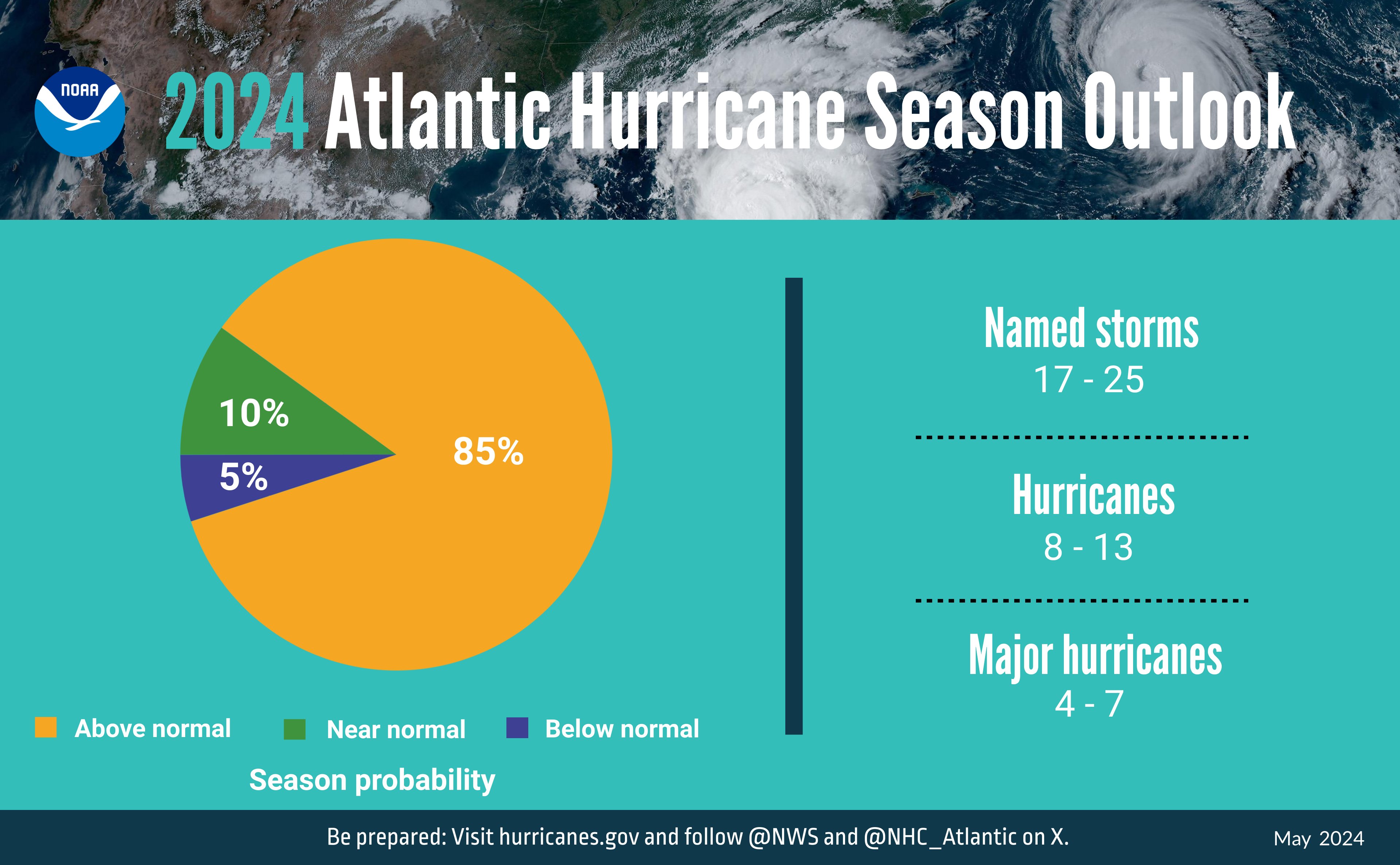Sure hope this doesn’t jinx anything.
Although the historical peak of the Atlantic hurricane season is around Sept. 10, based on data since the 1850s, storm experts are giving the next two weeks of tropical development a 60% chance of being below normal.
In early April, months before hurricane season started, some of the nation’s preeminent hurricane forecasters at Colorado State University had released their annual hurricane season outlook, which warned of an extremely active season with an unprecedented number of named storms and hurricanes.
But this hurricane season has not performed as initially forecast. A slower-than-expected start to La Niña, an African monsoon that places tropical waves in cooler waters off the coast of West Africa, and a robust Saharan dust season have been some of the factors hindering tropical development in recent weeks.
Peak activity in the Atlantic begins in late August and stretches through early October, with September typically the most prolific month for tropical development. But tropical activity in the Main Development Region, located between the Cabo Verde Islands off the coast of West Africa and Mexico’s Yucatán Peninsula, is not likely to churn out a named storm through the middle of next week. This area of the Atlantic, on average, accounts for nearly 75% of all Category 3 or stronger hurricanes, including Hurricane Beryl’s explosive intensification in early July.
This revised outlook from Colorado State University takes into consideration multiple factors, from sources like the National Hurricane Center and guidance from global weather forecast models.
See here for some background. The Eyewall has been tracking the lack of activity, which I’m sure we’d all agree is a fine thing. Sometimes the lower-probability outcomes work out for you. Of course, the fact that there haven’t been a ton of storms doesn’t and shouldn’t obscure the fact that Hurricane Beryl did plenty of damage to Houston. If there are no more named storms from here on out – Ernesto in August was the last one so far – this will still be seen as a bad season here. The number of storms is one way to measure risk, but it’s not the only one, and it’s not necessarily the most important one.


Less active than predicted would be great, but lest anyone start mocking the scientists, they should remember that the oceans remain exceptionally warm, and there won’t always be countering factors like dust and wind shear happening at a convenient time to bail us out. Also consider that a major insurer will stop issuing new policies in TX:
https://www.click2houston.com/news/local/2024/09/06/its-really-putting-a-pinch-on-homebuyers-progressive-stops-offering-homeowners-new-insurance-policies-in-texas/
Follow the $ still applies.
Theyve been predicting extremely heavy hurricane seasons since Katrina it seems like. And while almost every season gets one significant storm in the US we havent gotten that 10-15 landfalls I dont think ever personally. And while we make one storm seem so bad we dont even consider the carib islands get hammered by at least 2-3 hurricanes a year.